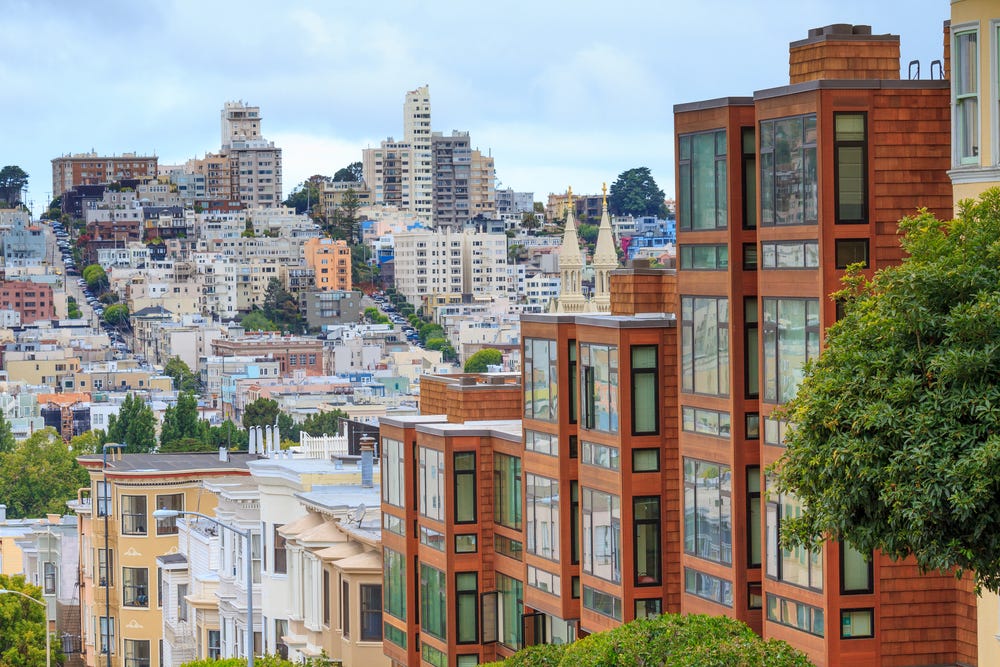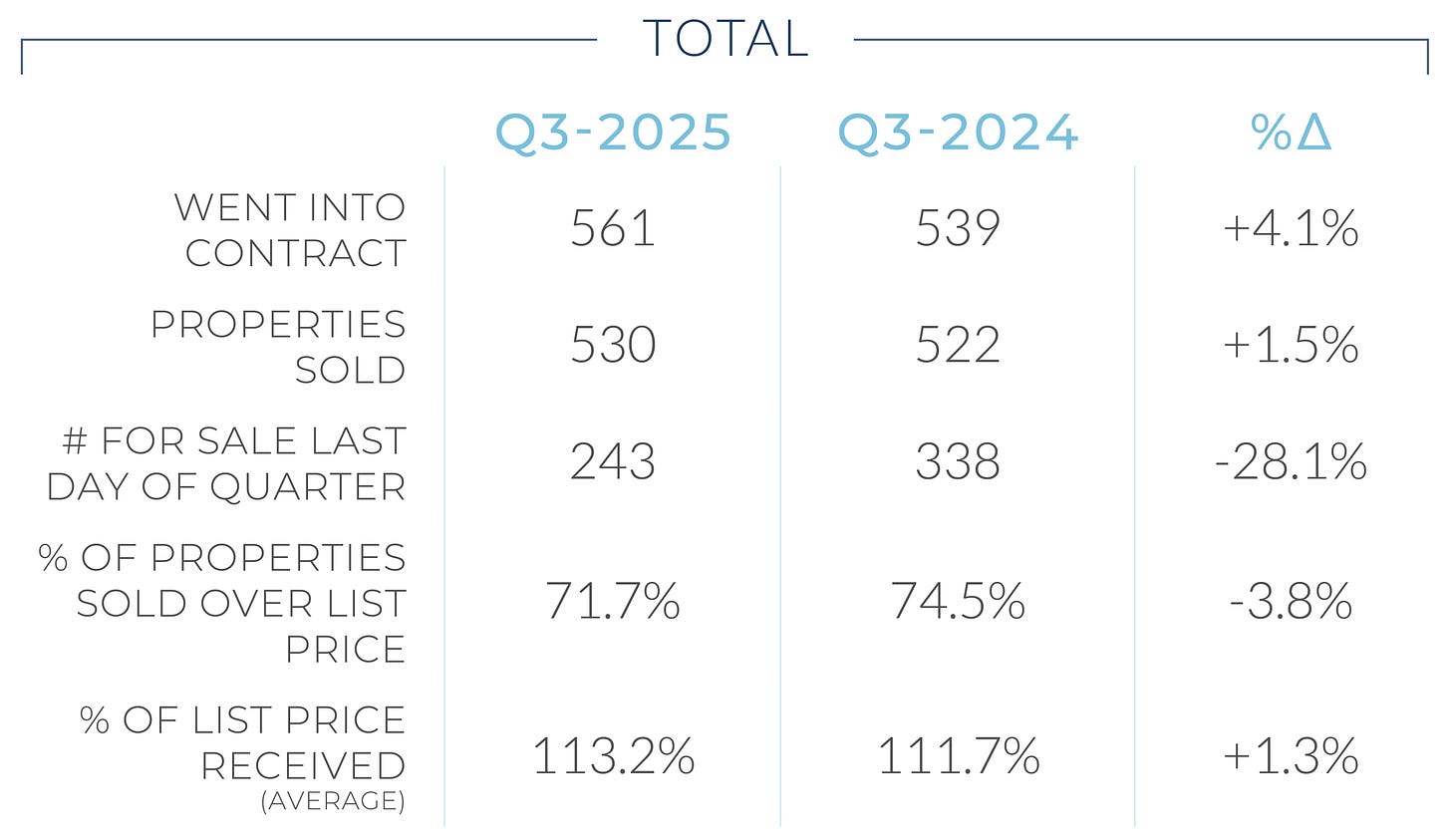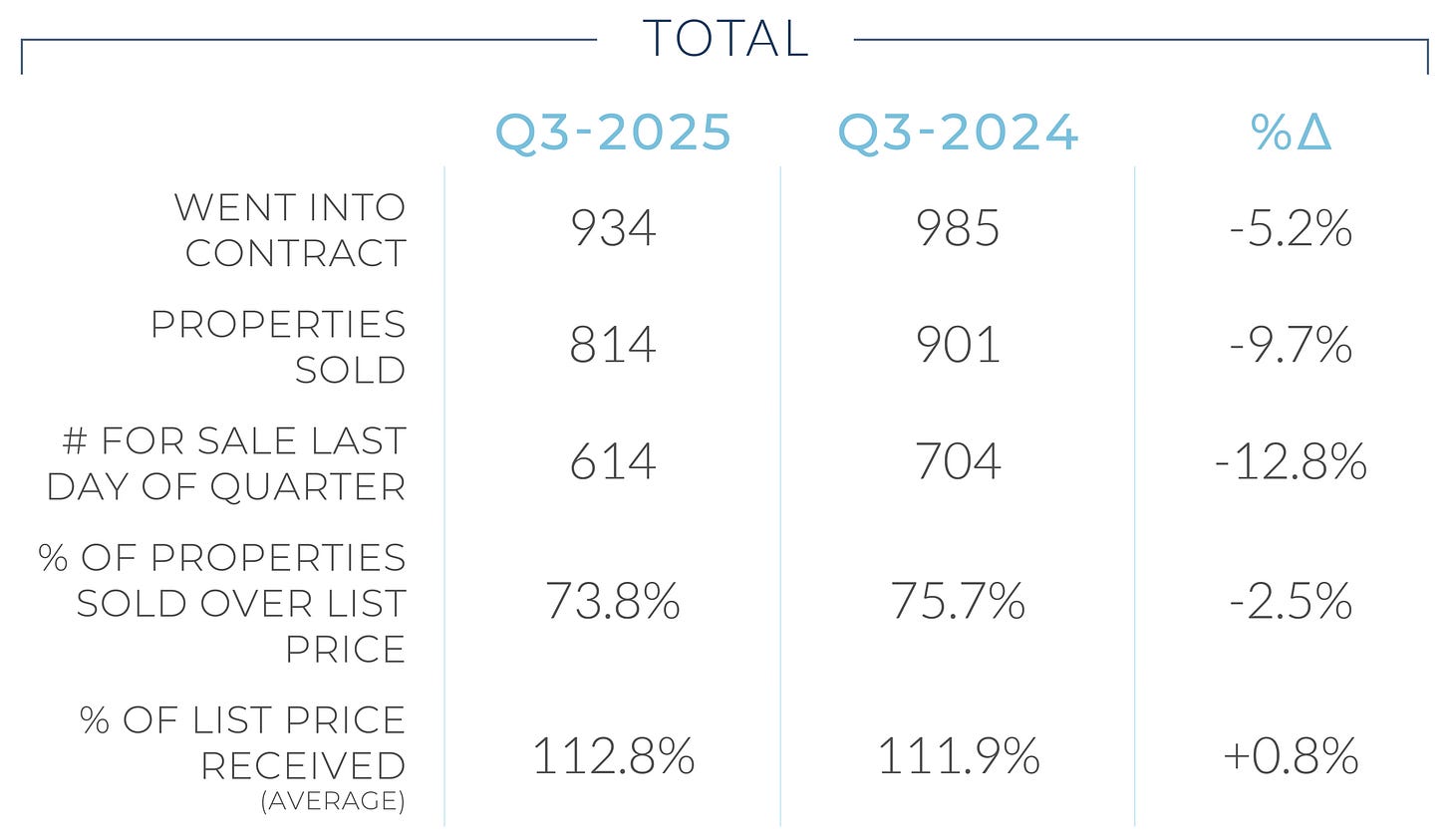Fall Pulse: Inside the Bay Area’s Split Market
Fall is often a reset moment in Bay Area real estate.
After the rush of spring and the lull of summer, fall is the season when momentum either reawakens or fades.
This year, it’s doing both.
Across the bridge, two markets are telling very different stories. In San Francisco, homes are moving faster than new listings can replace them. In the East Bay, the market is more cautious, strong but uneven, with buyers rewarding only the homes that feel worth the stretch.
The result? A fall market defined by contrast: one absorbed, one waiting.
The absorbed: San Francisco
In San Francisco, the numbers tell a clear story.
Single-family homes are selling with remarkable speed, holding steady at a median of just 13 days on market, and that’s with inventory down 28% from last year.
But the reason inventory feels so tight isn’t that sellers have disappeared. It’s that buyers are absorbing what’s available almost as quickly as it hits the market.
With 530 homes sold and only 243 left on the market at quarter’s end, San Francisco is moving at more than twice its available inventory. In practical terms, that means well-priced homes don’t linger. They attract multiple offers, and 72% still sell above list. Sellers received an average of 113% of their asking price, a level of competition that feels more 2021 than 2025.
Prices have inched up 3% year over year, but the psychology feels different.
It’s not frenzy. It’s conviction.
Buyers who have been waiting for clarity on rates or market direction seem to have decided that waiting is the risk.
The waiting: East Bay
Across the bridge, the energy shifts.
The East Bay remains strong on paper. Median single-family prices are steady at $1.13M, homes sell in about 15 days, and 74% still go over asking. But beneath that surface is a more selective rhythm.
The good homes, well-located, well-presented, and priced to attract, are still commanding attention. The rest are taking longer to find their match.
Buyers are moving deliberately. They’re not rushing in, but they’re not walking away either. Inventory is down 13%, but not because everything’s flying off the shelves. It’s because sellers are being more measured, and buyers are more discerning.
Condos remain the hardest sell, with prices down 13% and longer days on market. The segment isn’t collapsing. It’s recalibrating. Affordability and lifestyle preferences are reshaping demand, and buyers are expecting more value for the price.
It’s a market that rewards clarity and punishes hesitation.
The psychology of a split market
When the market splits like this, it’s rarely just about numbers. It’s about mindset.
San Francisco buyers are moving on conviction, tired of waiting, accepting that rates might not change dramatically, and ready to act when the right home appears.
East Bay buyers are moving on discernment, cautious, strategic, and unwilling to stretch for homes that don’t justify it.
Both are rational responses to the same environment. They just express it differently.
For sellers, this means alignment is everything. The market no longer rewards testing a price “just to see.” It rewards realism, preparation, and presentation. The homes that meet the market where it is are the ones that move.
Market data can be confusing, especially when headlines are written to grab attention. National stories often miss what’s really happening here. The Bay Area has its own rhythm, and even within it, every neighborhood tells a slightly different story.
Every neighborhood has its own pulse.
If you’d like a market read on your area, whether it’s a specific San Francisco neighborhood or an East Bay city, reach out. The story shifts when you zoom in, and I can help you make sense of what the data really means where you are.




